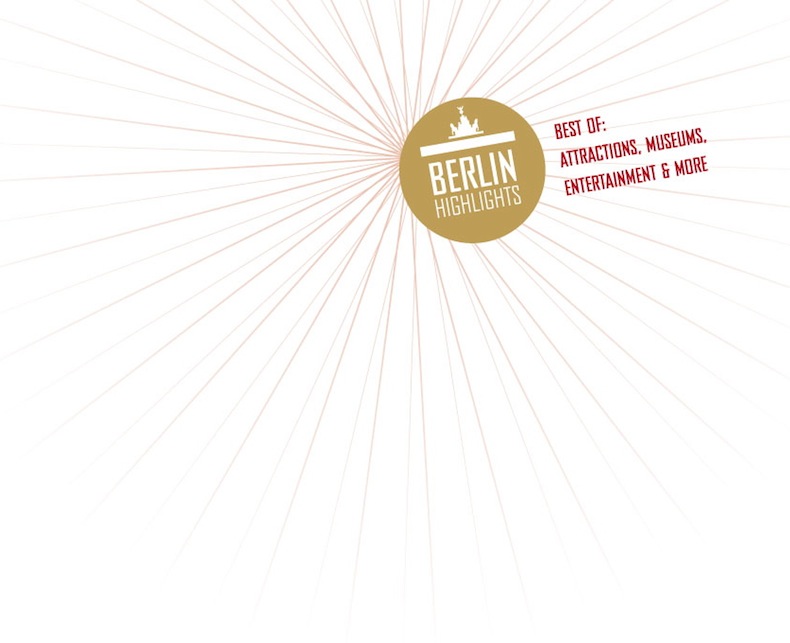BERLIN REGIERUNGSVIERTEL

Die Freiflächen rund um den Reichstag konnten im Gegensatz zum alten und neuen Sitz des Parlaments architektonisch frei gestaltet werden. Drei Neubauten und das Bundeskanzleramt bilden das imposante „Band des Bundes“, welches den Spreebogen durchzieht. Die parlamentarischen Gebäude „Paul-Löbe-Haus“ am Westufer Mit einer Gesamtfläche von 12.000 m² ist es eines der größten Regierungshauptquartiere der Welt und rund achtmal größer als das Weiße Haus in Washington.
The open spaces around the Reichstag could be designed freely, as opposed to the old and new seat of the Parliament. Three new buildings and the Bundeskanzleramt (Federal Chancellery) form the impressive “Band des Bundes” along the Spreebogen. The parliamentarian building “Paul-Löbe-Haus” on the western bank of the Spree and the “Marie-Elisabeth-Lüders-Haus” on the opposite shore are linked by a bridge. Along with an installation of segments of the Berlin Wall this “leap across the Spree” symbolizes the overcoming of the former inner German border. The neighboring Jakob-Kaiser-Haus hosts most of the Members of Parliament’s offices. Some hundred meters to the west of that you will find the Federal Chancellery. With a total of 12,000 m2 it is one of the largest government headquarters in the world and about eight times larger than the White House in Washington. |
 |

Im Bundeskanzleramt, das als architektonischer Geniestreich gefeiert wurde, arbeiten seit 2001 Bundeskanzler/innen und deren Mitarbeiterstäbe. Große Glasflächen geben dem Gebäude Transparenz und Leichtigkeit. Sie bringen damit die gewünschte Außenwahrnehmung der bundesdeutschen Politik zum Ausdruck. Teil dieser „Durchschaubarkeit“ ist auch, dass Besuchergruppen das Kanzleramt von innen besichtigen können. Die damit verbundenen Sicherheitsstandards umfassen eine Eingangs- und Ausweiskontrolle und die Begleitung der Gruppen durch BKA-Beamte.
Tipp: Das Paul-Löbe-Haus zwischen Kanzleramt und Spree ist einfacher zu besichtigen. Hier gehen Sie mit Politikern auf Tuchfühlung, wenn diese von einem Fachausschuss zum nächsten eilen.
Since 2001 German Chancellors and their staff have been working in the Federal Chancellery, which was celebrated as an architectural stroke of genius. The large glass facade gives the building transparency and an airiness. They thereby express the desired outside perception of German Federal politics. As a part of this see-through-concept of transparency, it is possible for visitors to tour the inside of the building. Security measures that go with such a visit include ID checks at the entrance as well as the guidance of secret service agents throughout the tour.
TIP: The Paul-Löbe-Haus, situated between the Chancellery and the Spree, is easier to visit. Here you can get in touch with politicians while they rush from commission meeting to commission meeting.
|
 |

Das Haus der Kulturen der Welt, von den Berlinern wegen seines ungewöhnlichen Daches „Schwangere Auster“ getauft, ist ein Zentrum für zeitgenössische außereuropäische Kunst. Die ungewöhnliche Architektur erlaubt eine vielseitige Nutzung: Ausstellungshalle, Konzertsaal, Theater, Konferenzraum, Akademie. In der „Schwangeren“ Auster lassen sich zahlreiche „Veranstaltungs-Perlen“ finden.
The Haus der Kulturen der Welt (House of World Cultures), lovingly called “pregnant oyster” by the Berliners due to its remarkable roof, is a centre for temporary non-European art. The unusual architecture allows for a wide range of uses: exhibition centre, concert hall, theatre, conference centre and academy. Many a “treasure” is to be found within the “Pregnant Oyster”.
TIP: Right next to the House of World Cultures you will find a 42 meters-high steeple with bells on top. A carilloneur (a person who plays the bells) plays live there every Sunday from May through to September, every day of the year the computer-controlled play of the bells can be heard at noon and 6 pm respectively.
|
 |

Der Reichstag ist seit 1999 Sitz des Deutschen Bundestages und steht für die politischen Veränderungen, Umwälzungen und dramatischen Ereignisse im Deutschland des 20. Jahrhunderts. Im Jahr 1894 wurde das Gebäude nach zehnjähriger Bauzeit im Stil eines gegen Ende des 19. Jahrhunderts populären Historismus fertig gestellt. Der eklektische Mix von Renaissance, Barock und Klassizismus wurde während des Zweiten Weltkriegs schwer beschädigt. 1991 bis 1998 wurde das Gebäude vom britischen Architekten Sir Norman Foster restauriert und mit einer spektakulären, begehbaren Glaskuppel versehen.
TIPP: Eine Voranmeldung für die Besichtigung ist unbedingt notwendig.
The Reichstag has been the seat of the German Federal Parliament since 1999 and stands for the political changes, overthrows and dramatic events in 20th century Germany. Construction on it ended after ten years in 1894 and is in the style of Historism, very popular at the end of the 19th century. The eclectic mix of Renaissance, Baroque and Classicist elements was severely damaged during World War II. From 1991 to 1998 British architect Sir Norman Foster restored the building and a spectacular accessible dome was added.
TIP: As part of the security measures you need to apply for your visit in advance.
|
 |




